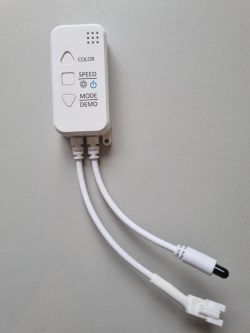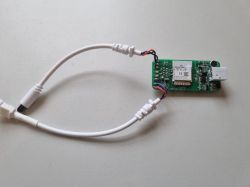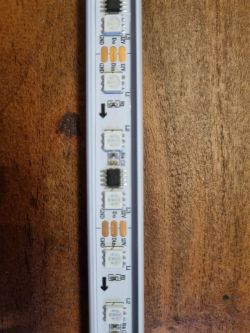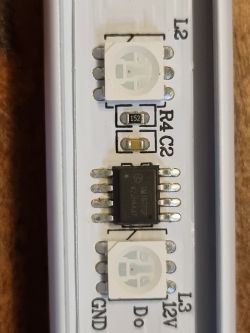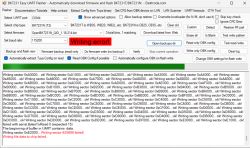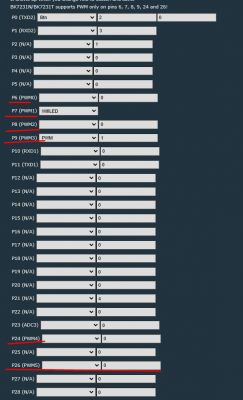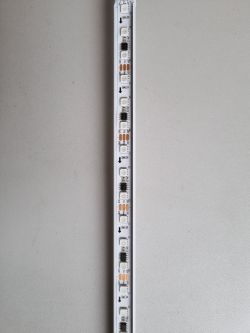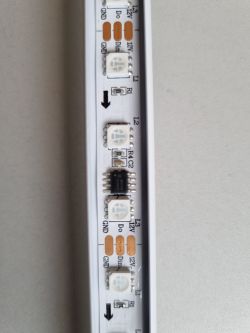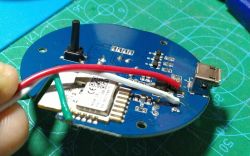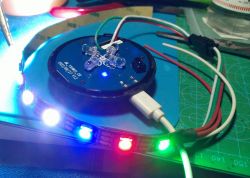Interesting discussion.
SM16703P LED Strips work in a similar fashion to WS2811 LED Strips. That is, a data stream needs to be transmitted to the Din of the first LED and then transmitted out via the Dout connection in the LED. An arrow on the LED strip marks the direction of the data flow.
Some LED strips are made with 3 LEDs being controlled by a single control chip. These work by changing color in 3 LEDs at once. From the description, the OP's device seems to have this kind of strip.
I did not realize that OpenBK had a configuration option for SM16703 strips.
In Tasmota, the command LEDx is used to set the colors of each LED in the strip. That is, if I need the first 3 LEDs to be Color1, Color2, and Color3, there are two ways to achieve it.
1. Use Three commands:
LED1 Color1
LED2 Color2
LED3 Color3
2. A single command:
LED Color1 Color2 Color3
So can somebody explain what would be the corresponding commands on OpenBK to achieve a similar setup.
Once that is known, each LED can be tested, and then a script can be formulated to light up the LEDs in any fashion.
Also,
Yes, Also (with a smile)
using DDP, it should be possible to drive a LED animation by integrating with WLED. I have successfully integrated a couple of RGB Smart Bulbs with WLED to run an animation from WLED. So in the same manner, we should be able to integrate a Pixel LED strip using DDP protocol. Each LED can be addressed separately.
I am trying to figure out which of my devices can be quickly hacked to add a LED strip.
Added after 3 [hours] 41 [minutes]:
Found these two images from the internet which suggest that there could be two variants of 16703 chips.
One says that the chip controls 3 x LEDs the other one (which is SM16703P) controls 6 LEDs.
If the OP can attach a photo with a longer part of the strip visible we could determine correctly which is what.
1. MT16703
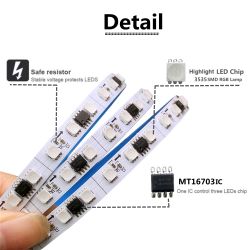
2. SM16703P

